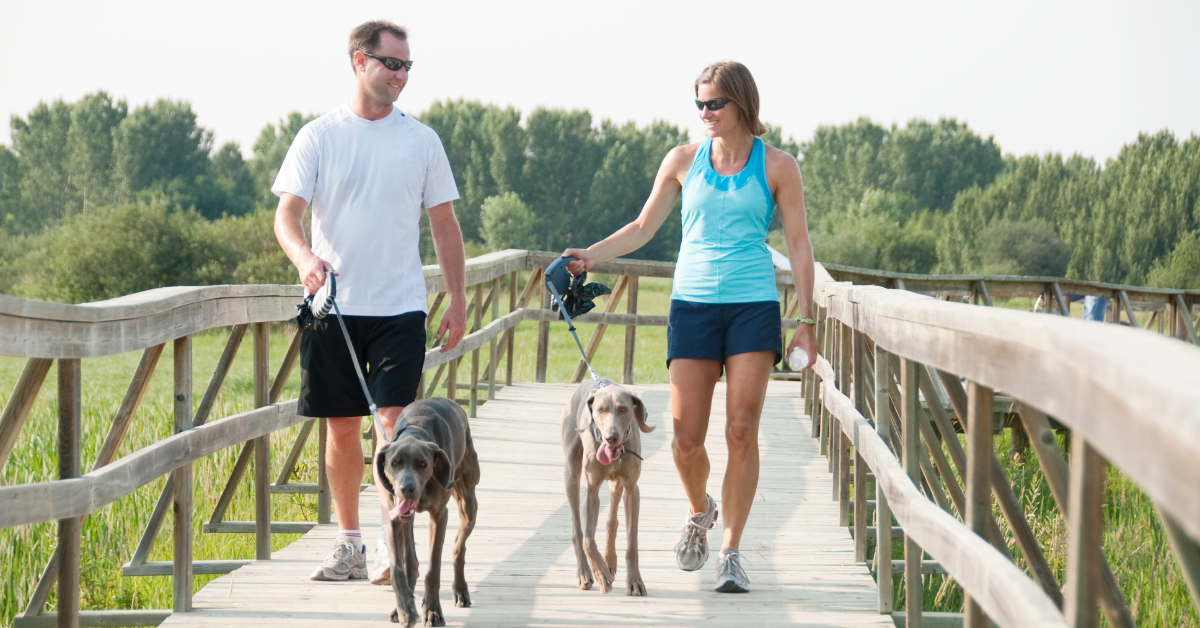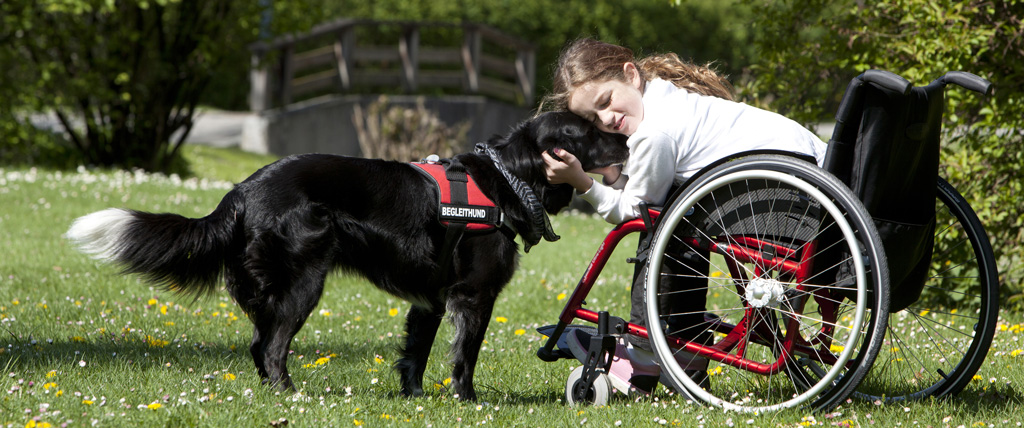Celebrating International Assistance Dog Week
August is the month that features International Assistance Dog Week, celebrated this year from August 7-13. The aim is to honor all those assistance dogs for the hard and loving work they do, and to educate people on the myriad ways assistance dogs aid in the lives of countless people on a daily basis. Below is a run-down of just some of the jobs and responsibilities assistance dogs have.
Service Dogs: These dogs are trained to aid their human companions, who often use wheelchairs, with manual help, such as carrying or picking up everyday objects and pushing buttons to open doors, for example. Some service dogs are even trained to help with everyday activities such as shopping. These kind of service dogs assist in the physical activities their human companion may have difficulty or inability to perform on their own.
The term “service dog” is an umbrella term, however, and service dogs assist people with diverse needs and challenges. Service dogs help people with autism, seizures, psychiatric conditions, balance issues and work as “medical alert” dogs for people with diabetes. They perform a range of tasks in these areas. Some function as “therapy” or “companion” dogs to help ease intense stress, or offer physical support for balance issues, for instance. Service dogs are specially trained, and their roles and tasks vary from dog-to-dog and person-to-person based on their human companion’s needs. Service dogs are also matched to veterans with disabilities or those who are experiencing PTSD.
Hearing Dogs: These dogs help signal everyday noises to their hard-of-hearing or deaf companions. The types of noises a hearing dog will signal tend to be the commonplace house sounds of mechanical buzzers, alarms, microwaves and ovens, or the doorbell. As technology has changed, so has the role of the assistance dog, and they can be trained to alert their human companion that they’ve received a new email message too. Dogs communicate by physical touch such as nudging their companions to signal that they’ve heard the relevant sounds.
Guide Dogs: Sometimes called “leader dogs,” these assistance dogs help their vision-impaired human companions navigate both outdoor and indoor environments, including navigating around obstacles, traffic, and helping their people around curbs, up and down stairs and through doors. These dogs must keep their wits about them and be alert at all times for different types of danger.
Facility Dogs: Generally when people say “facility” dog, people think of therapy dogs in hospitals. And there are a lot of therapy dogs doing good all over the country and the world by comforting the sick and injured in hospitals. However, there are a variety of places facility dogs work, including courthouses, where they often act as a source of comfort and support to child victims during trial. Facility dogs also work in psychiatric hospitals and prisons, where they offer comfort and help in confidence-building. In prisons they are sometimes used in rehabilitation efforts.
The above is really just the tip of the iceberg of all the ways assistance dogs work to help humans all over the world. International Assistance Dog Week also seeks to celebrate the trainers, volunteers and the humans who utilize assistance dogs everywhere. Assistance dogs are more than just workers; bonds between them and their human companions inevitably form, and assistance dogs are members of their human companion’s families. Take some time to read up on these incredibly hard-working dogs and all of the wide-ranging needs they fill for people everywhere. Check out the International Assistance Dog Week’s website and Assistance Dog International as a good introduction—they list all their members and most of those organizations have websites where you can learn more.
Do you live in the chicagoland area and are looking for a pet care specialist? Get in touch with our team today:
Other Recent Blog POsts

Pet-Friendly Halloween in Chicago 2024
October 22, 2024
Protecting Dogs from Theft in Chicago
October 16, 2024
Pet Obesity Awareness Week: Keeping Chicago Pets Healthy
October 9, 2024
Pet-Friendly Fall Events in Chicago 2024
October 2, 2024
National Walk Your Dog Week is Coming!
September 25, 2024

